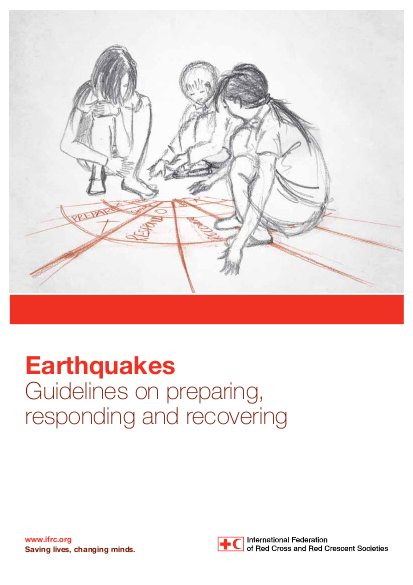
Despite the many similarities that earthquakes share with other disasters, they differ on many counts. These guidelines aim at drawing on the experiences of members of the International Red Cross and Red Crescent Movement (the Movement) and other humanitarian actors in preparing for, responding to and recovering from earthquakes in the last decade. While directed primarily at members of the Movement, these guidelines would be of relevance to all humanitarian agencies and personnel. These guidelines are not intended to be a stepby- step guide to preparing for, responding to and recovering from earthquakes. It is assumed that the readers are familiar with the processes and operations involved in a humanitarian response. What this document attempts to do is to highlight issues and aspects that are particular to earthquakes and that need to be taken into consideration. Given the high likelihood of occurrence, the challenges of responding to earthquakes in urban settings have been given particular attention.
Resource collections
- Earthquakes
- Evaluating humanitarian action
- Learning from crises
- UN Habitat - Urban Response Collection
- Urban Response - Urban Crisis Preparedness and Risk Reduction
- Urban Response Collection - Community Engagement and Social Cohesion
- Urban Response Collection - Economic Recovery
- Urban Response Collection - Environment and Climate Change
- Urban Response Collection - Housing, Land and Property
- Urban Response Collection - Urban Crisis Response, Recovery and Reconstruction
- Urban Response Collection - Urban Resilience
